Top Tips For Pruning The Trees In Your Garden
Pruning is an essential part of owning a garden, especially if you have one or more trees, or large bushes growing within it. If you are just starting out in the world of gardening, then you might be unfamiliar with how to do it, what you should be cutting, when you should be cutting, and how much of each branch you should be pruning. I myself was in the same boat for many years, but I quickly realised that pride often leads to the downfall of great endeavors. By not looking into how or why I should be pruning, I missed out on the benefits it could have brought to my gardening and tree-growing experience.
Firstly, let’s break it down – pruning is the process of removing dead or unnecessary branches to promote the growth of flowers. Trees tend to devote energy to branches that are not producing fruit, while neglecting the branches that are, which can lead to an imbalance in the growth of the tree. Pruning helps to redistribute the energy of the tree to the branches that need it, allowing them to flourish and produce more fruit. It also helps to keep the tree in shape and prevent it from becoming lopsided due to an unequal distribution of branches.
Many gardeners tend to neglect to prune their trees until they start producing fruit, but this is a big mistake. Pruning should be done throughout the entire growth process, not just when the tree starts to produce. By pruning regularly and evenly, you will see a significant difference in the quality and quantity of the fruit that your tree produces. A well-pruned tree is also more aesthetically pleasing and has a more natural shape.
When you start pruning, the first thing you should look for is any dead or diseased branches. These are usually easy to recognize as they are misshapen, discolored and do not bear fruit. Chop these branches off as soon as you see them as they are detrimental to the health of your tree. If a branch is dead or diseased but does not show any obvious signs, wait until the tree is flowering, and it will become evident by not producing any flowers.
The second type of branch to look for is the one that is growing too close to other branches. If two branches are growing at such a length and angle that they are close to each other, they may end up crowding each other out. To prevent this, remove the smaller of the two branches to allow the larger one to have the space it needs to grow. This rule also applies to the weight balance of your tree. Sometimes, a tree may grow several branches on one side, making it lopsided. To prevent this, prune the branches on the heavier side to even out the distribution.
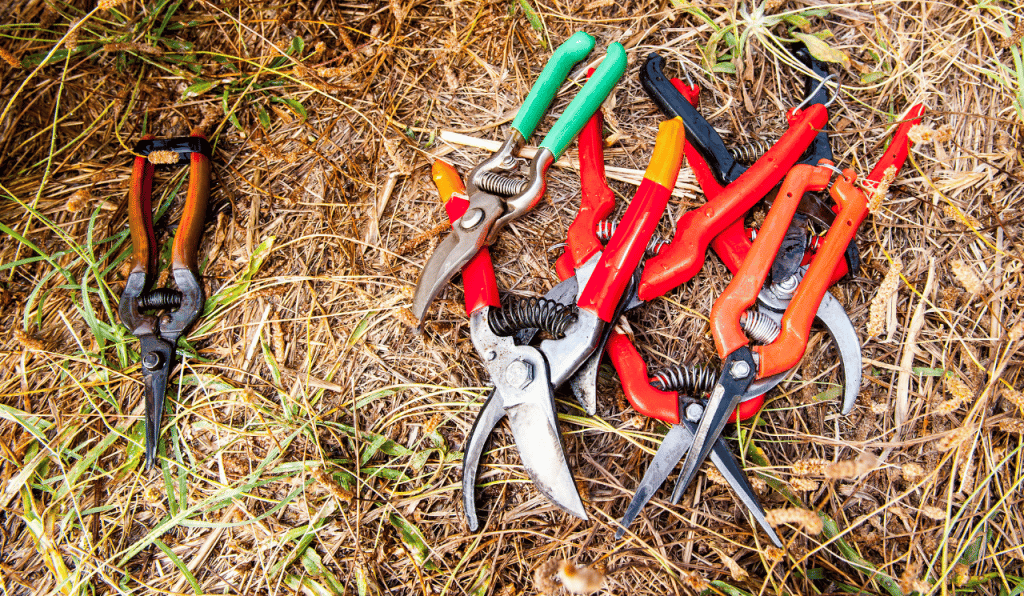
A big part of pruning that nobody seems to talk about is the secateurs themselves. It may seem obvious about their use, but not all secateurs are created equal, and in my experience, it’s always better to spend a little bit more on a good quality pair that will last and make cutting feel light and easy on the hand due to having a better quality blade.
What To Look For When Buying A Good Pair Of Gardening Secateurs
- Blade Material: Look for secateurs with high-quality, rust-resistant blade material such as carbon steel or stainless steel.
- Cutting Capacity: Make sure the secateurs can cut through branches with a diameter of at least 20mm, but preferably 25mm or more.
- Blade Design: Look for a bypass blade design, as this is the most effective for making clean cuts without damaging the tree.
- Ergonomics: Look for secateurs with a comfortable handle that is non-slip and ergonomically designed for a good grip.
- Blade Locking System: Check for a reliable locking mechanism that keeps the blades securely closed when not in use.
- Safety Features: Look for secateurs with safety features such as a protective guard to prevent accidental cuts.
- Ease of Use: Look for secateurs that are lightweight and easy to use, with a smooth, comfortable action.
- Durability: Look for secateurs with a sturdy construction that can withstand frequent use and exposure to the elements.
- Price: Quality secateurs can be expensive, so choose one that fits your budget while still providing the necessary features and performance.
- Warranty: Consider purchasing secateurs with a warranty, in case of defects or problems with the product.
In conclusion, pruning is a crucial part of tree growing and should not be neglected. It helps to promote the growth of flowers and produce better fruit, and it also helps to keep the tree in shape and prevent it from becoming lopsided. When pruning, always look for dead or diseased branches and branches that are growing too close to each other. Happy pruning!

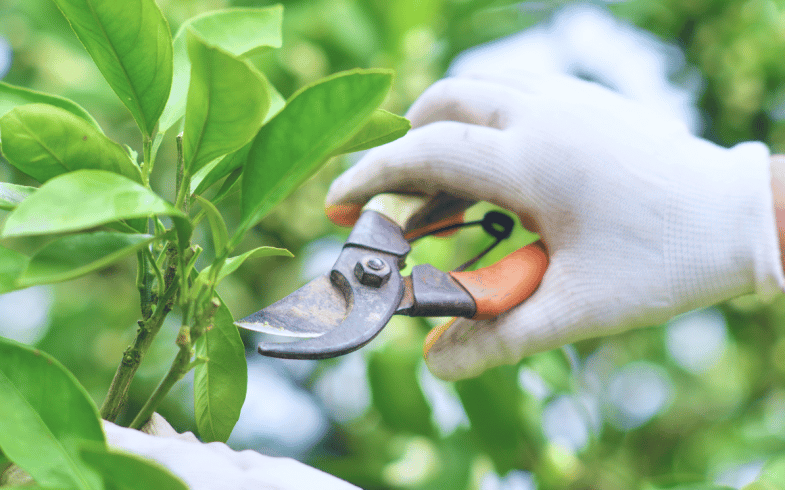
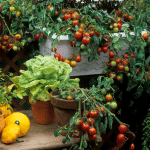
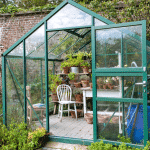
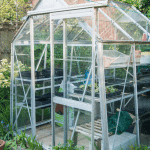
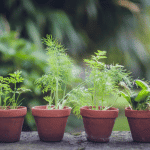





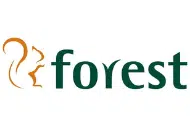



No comments.